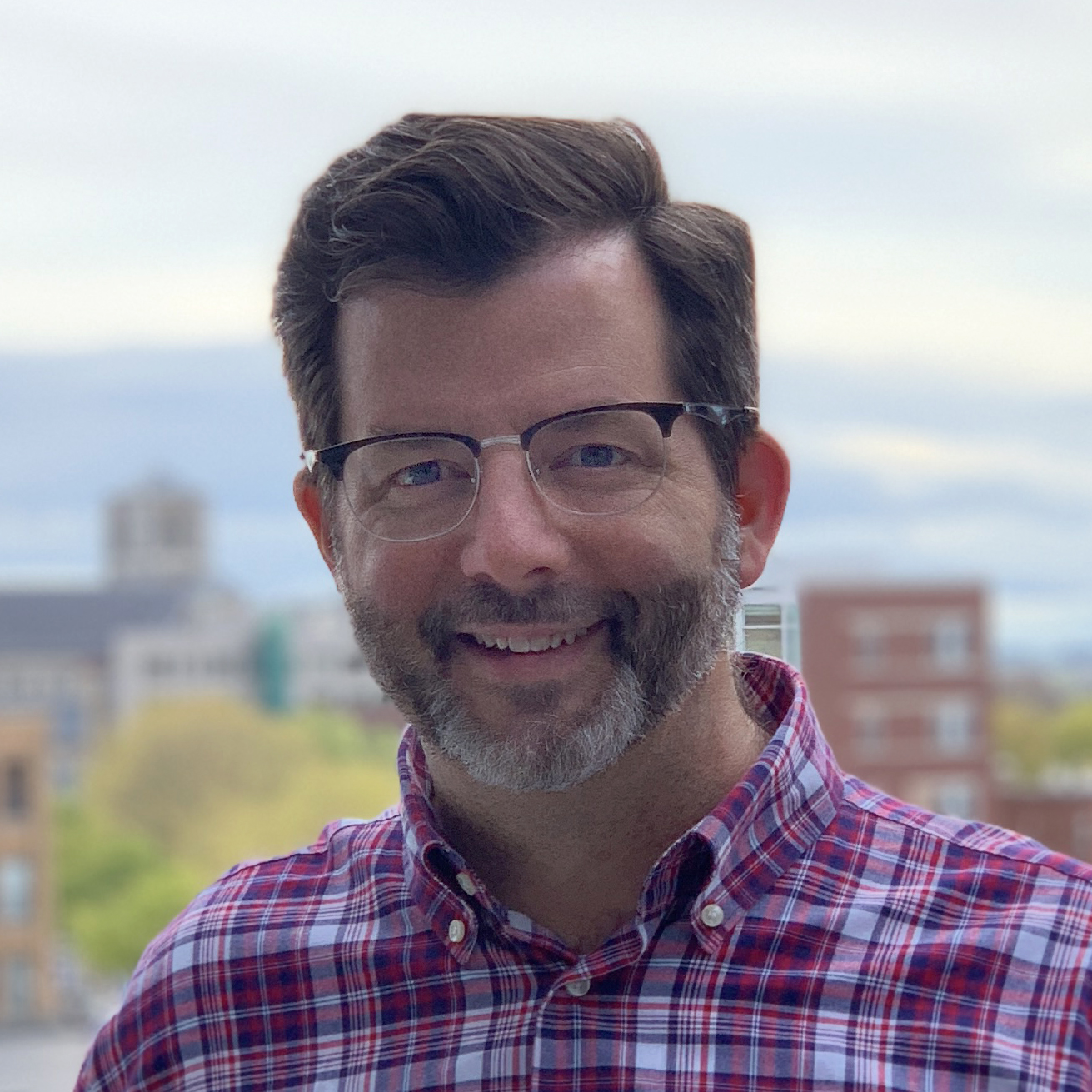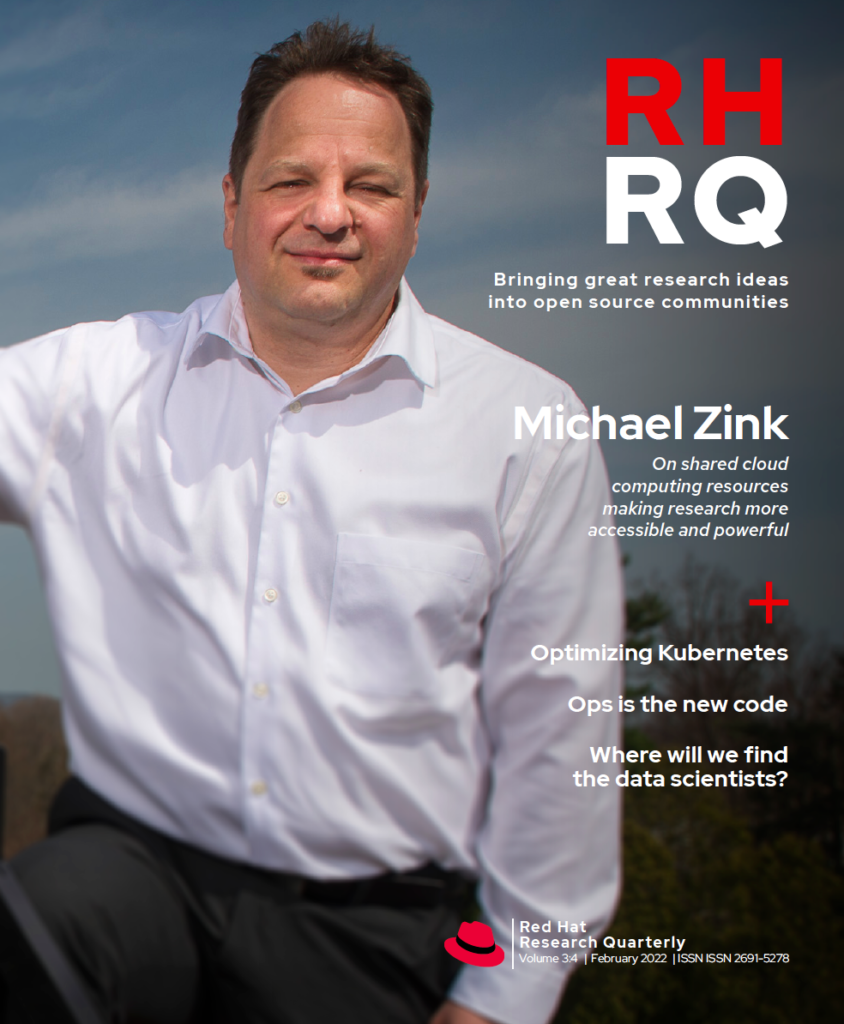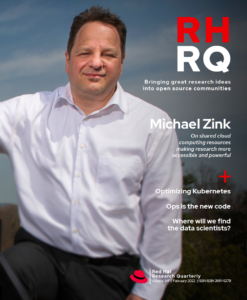If you take a moment to look at open source – the process, the language and ways of thinking involved, the legal framework – you will quickly realize that it is quite similar to the model for the free advancement of knowledge and thinking that the world’s universities have developed over the last thousand years. At the core of both models is the notion that the fastest way to advance our knowledge of the world is to share learning and results openly and acknowledge that there can be truth in a paper or a finding or a piece of code that is provable and not subject to political criticism or the whims of fashion.
Despite this similarity, I spend a lot of time, in these pages and in my continuing conversations with researchers and teachers, talking about how important it is to bring open source to universities and to the learning process in general. Why is this necessary? I think it has less to do with the openness of the research process than it does with the institutions that surround it. Because they are institutions, universities create hierarchies with walls around them. In doing so, they build barriers to participation in the research process.
Open source, at least when it’s done well, is engaged in leaping over those barriers and allowing anyone to contribute who cares to make the effort. From this stems the core mission of Red Hat Research. By working with university researchers to connect their research findings with the software communities we participate in, we can both ensure the continued relevance of those findings and engage people outside the university walls in the research process, as they should be.
This issue features several examples of progress in connecting researchers with open source methods and resources. First, we have just announced the first round of research grant awards from the $4-million-per-year Red Hat Collaboratory grant to Boston University. This is one of the largest annual university grants in the United States targeted specifically at research with an open source component, and I’m really excited to be watching the results from it unfold. Each project we fund has at least one dedicated Red Hat engineer involved to help ensure the results make their way into open source. See the descriptions in the News section for details.
Another of the major open source-connected research institutions in the United States is the Center for Research in Open Source Software (CROSS), funded by retired Red Hatter Sage Weil at the University of California Santa Cruz. Stephanie Lieggi’s piece on CROSS’s Open Source Program Office is another great study in how to pull open source and research together.
A big part of open source innovation, particularly at Red Hat, is the computing infrastructure researchers and corporations use to do their work. Professor Michael Zink, our interviewee this issue, has been working with open source infrastructure for decades and has a lot to say about the various NSF-and university-funded efforts in this space. As we transition–hopefully–to operations that are open the way code is now open, Zink’s experience and that of others like him will be critical to making community-managed infrastructure possible.
Speaking of open operations, Gordon Haff’s piece on Operate First describes what we are doing at Red Hat Research, Boston University, and the Mass Open Cloud to make operating with complete transparency possible. Open operations must be the future of open source, particularly as AI becomes more important to operations; Haff explains why this is and what we are doing to help.



